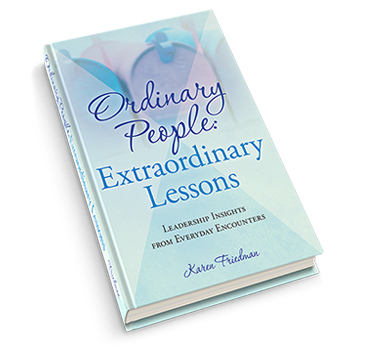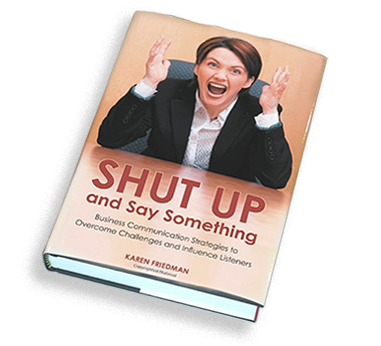If I had taken better notes, I would have written a book titled “The People I’ve Met on Airplanes.” There is something unique and often stimulating about having a long conversation with a stranger that you have been forced to share an armrest with for hours at a time while cruising at an altitude of 35,000 miles.
Sometimes they say things to you they might never have spoken out loud to someone else. There was the woman who confided to me that she found out her husband was cheating on her and she was headed home to demand a divorce. There was the young professional whose heart wasn’t in his job but was afraid to pursue his passion. Months later, he emailed me to say our thought-provoking conversation changed his life. He had quit his job and was happier than he’d ever been. While stranded for hours in Chicago once, I found myself squeezing into the last seat of the last row on a crowded plane headed to Newark, N.J., which was the closest the airline could get me to Philadelphia. Sandwiched between two public relations professionals who also missed their flights, we ended up driving from Newark to Philadelphia together at 4 a.m. One of them hired me and we’re still in touch from time to time today.
Think about that feeling you get when you have an exciting experience, start a new job, meet someone who fascinates you or have an invigorating conversation that stays with you for days. You might feel happy, challenged or even excited. It’s as if your battery suddenly recharged. So it made me wonder. How can we apply these same stimulants to spice up business conversations or rejuvenate that tired sales pitch we’ve made a hundred times?
The answer may not be that complicated. Like a new challenge or project that makes us jump out of bed in the morning, approach your listener as if this is the first time they’ve heard what you have to say. That means if you want them to be excited, you need to find ways to be as excited as you were the first time you talked the talk.
For starters, forget the pitch or presentation and remember the listener. I always advise our clients to eliminate the word presentation from their vocabulary and replace it with the word conversation. Unlike a presentation, a conversation is a dialogue and that’s what you should be having with your listener. Try thinking of that listener as a friend you’re chatting with as opposed to talking at. If it’s one on one or a small group, find out what they need before you launch into what you can provide.
Next, look and listen for cues to help you stay listener focused. Preparing for a sales communication training, I shadowed a sales rep on a call. Ultimately, his goal was to enroll the prospect on a new website that would provide valuable resources for her practice. As he walked her through what the website offered, she repeatedly told him she was technology challenged. I glanced around and noticed she didn’t even have a computer in the office. As the meeting was drawing to a close, he asked her how she thought she might use the site. Really? Didn’t he hear what she said or was he so focused on his own agenda that he missed an opportunity to help her understand how these resources, also available off-line, could help her?
Instead of barreling through your agenda to sell, pitch or close a deal, think about solving your listener’s problems. That means digging deeper by asking questions that push the listener to give you examples so you can draw them out and put yourself in a position to have a conversation ripe with how-to information that is more specific to their individual needs.
Finally, get out of your comfort zone. Like telling a stranger a story for the first time, bring some of that passion and energy to your business conversations. To quote poet Maya Angelou, “People may not remember exactly what you did, or what you said, but they will always remember how you made them feel.”
If you can make someone feel, you can make them care. If you make them care, you will be in a far better position to make them listen.








Leave a Reply
You must be logged in to post a comment.